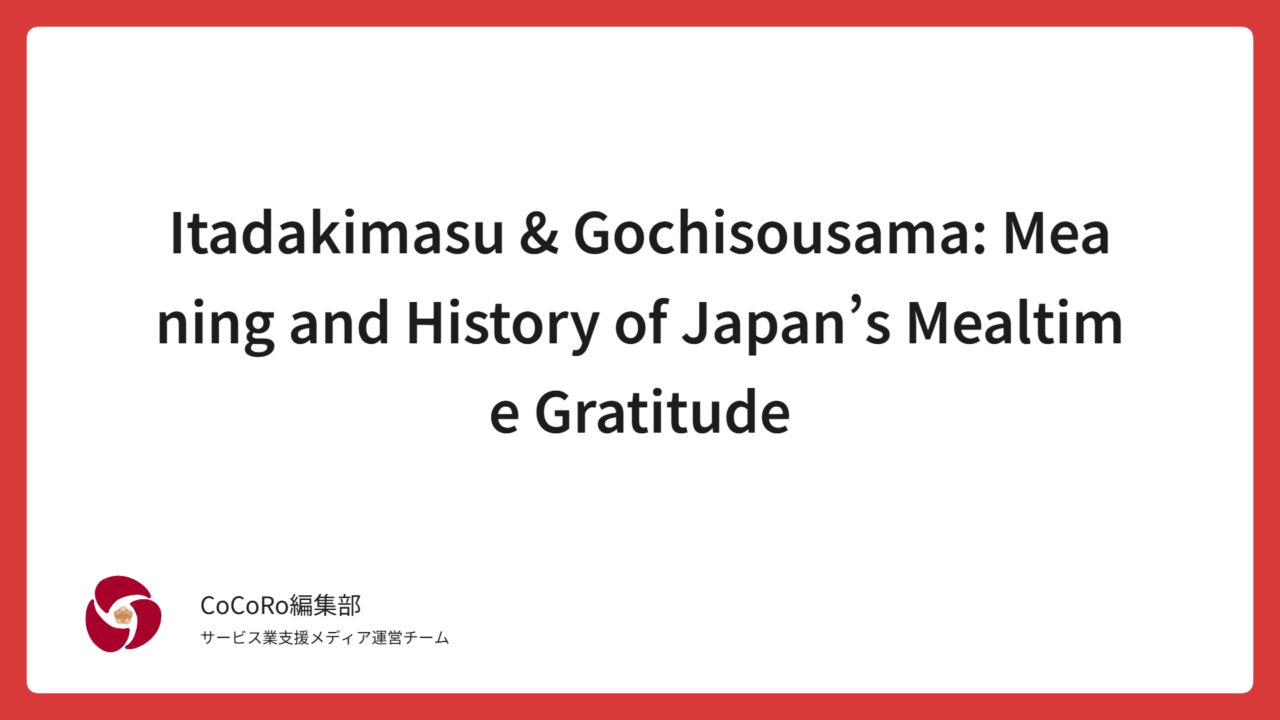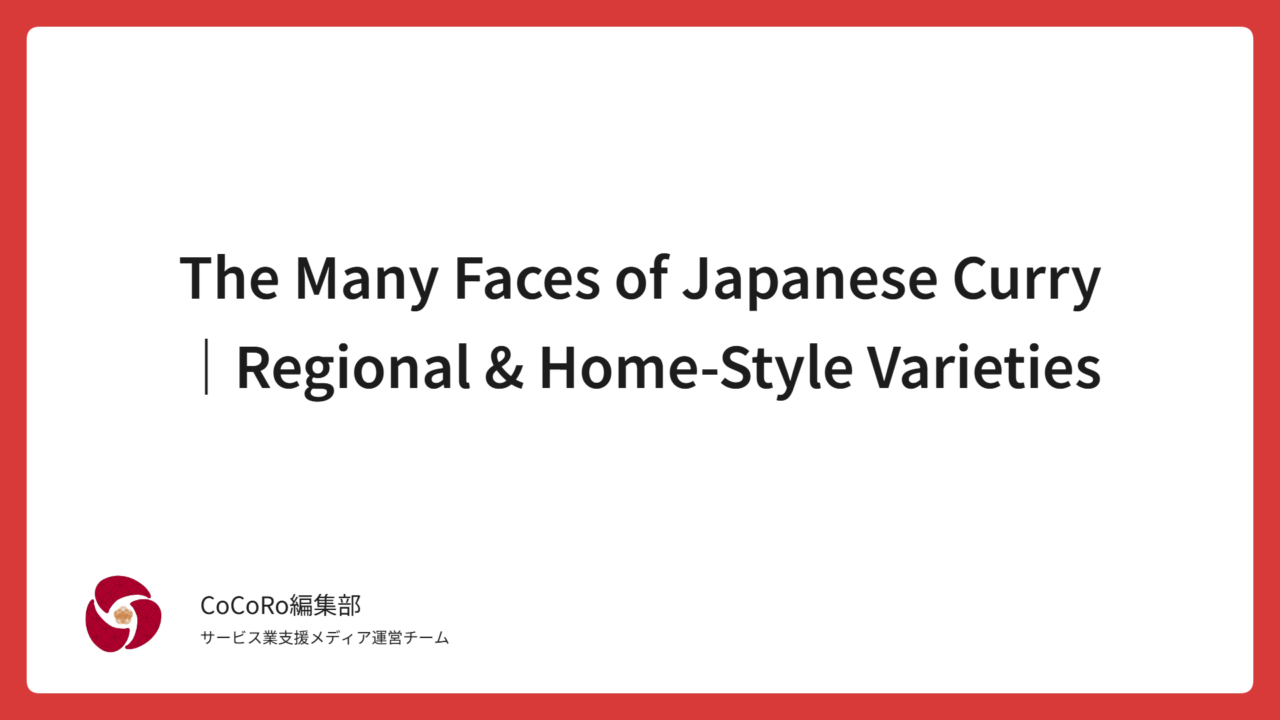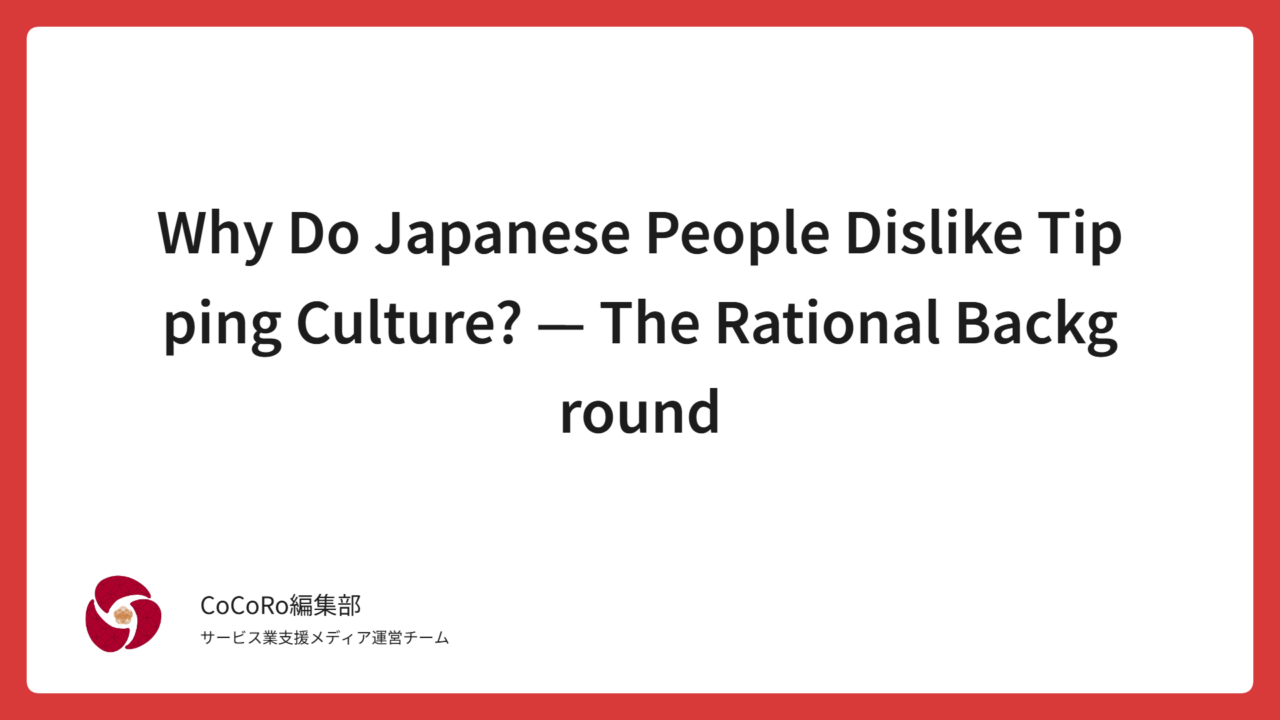

- Why Japanese People Say Words Before and After Meals
- Chapter 1: The Meaning and Origins of Itadakimasu
- Chapter 2: The Origins and Meaning of Gochisousama
- Chapter 3: From Silent Gratitude to Spoken Appreciation — How Education Shaped the Tradition
- Chapter 4: The Emergence of the Idea of “Gratitude for Life”
- Chapter 5: Itadakimasu and Gochisousama from an International Perspective
- Epilogue: Words That Connect the Spirit of Gratitude
Why Japanese People Say Words Before and After Meals
In Japan, it is customary to say “Itadakimasu” before a meal and “Gochisousama deshita” after finishing it.
These phrases, deeply rooted in Japanese food culture, are used so naturally that few people ever stop to think about their true meaning.
Yet behind these simple words lies a unique way of expressing gratitude — not only for the meal itself, but also for the people and lives that made it possible.
These two phrases are more than simple manners or formal expressions — they reflect the values, history, and cultural identity of the Japanese people, as well as what sets them apart from other societies.
In this article, we explore the meaning and origins of “Itadakimasu” and “Gochisousama”, and trace how their significance has evolved through Japan’s culture and education over time.
Chapter 1: The Meaning and Origins of Itadakimasu
What Does Itadakimasu Mean?
The word Itadakimasu comes from the verb itadaku, which originally meant “to receive something by placing it above one’s head.”
In traditional Japanese etiquette, this gesture expressed humility and respect when receiving a gift or favor from someone of higher status.
Over time, the meaning of itadaku expanded to the act of “receiving food” — not only from the person who prepared it, but also from nature itself.
Thus, Itadakimasu came to represent more than a simple signal to begin eating; it became a word that conveys respect for the life and blessings being received through the meal.
How Itadakimasu Became a Mealtime Greeting
Although saying Itadakimasu is considered a natural part of daily life in Japan today, it is actually a relatively recent custom in the context of Japan’s long history.
During the Edo period (1603–1868) and the early Meiji era (1868–1912), it was rare for people to say Itadakimasu before eating.
Instead, remaining silent at the table — “to eat in quiet appreciation” — was regarded as the proper form of etiquette.
This was rooted in a cultural view that regarded eating as a sacred act — a moment to quietly honor nature and the lives that sustained one’s own.
For people in premodern Japan, gratitude was not something expressed in words, but through one’s attitude and behavior at the table.
Chapter 2: The Origins and Meaning of Gochisousama
The Etymology of Gochisou
The word gochisou is written in Japanese as 「馳走」, which literally means “to run about.”
It originated from the image of someone running around to gather ingredients and prepare a meal in order to treat their guests with care and effort.
Therefore, Gochisousama literally means “thank you for your effort in running about.”
It is an expression of appreciation toward the person who prepared the meal — a way of acknowledging their time, care, and hospitality.
A Uniquely Japanese Expression Used Both at Home and in Public
In the past, Gochisousama was a phrase mainly used when dining outside one’s home or being treated to a meal by others.
After World War II, however, it began to be used within families as well, gradually spreading as a common expression of everyday courtesy in Japanese households.
In modern Japan, it is common for people to say “Gochisousama deshita” to restaurant staff when leaving.
More than a simple farewell, this reflects a distinctive aspect of Japanese culture — the act of verbally acknowledging and appreciating another person’s effort.
Chapter 3: From Silent Gratitude to Spoken Appreciation — How Education Shaped the Tradition
Why “Eating in Silence” Was Considered a Virtue
Since ancient times, Japanese people have believed that food contains a living spirit or life force.
Influenced by both Shinto and Buddhist thought, eating was regarded as a sacred act of receiving nature’s blessings.
For this reason, refraining from unnecessary conversation and quietly moving one’s chopsticks was itself considered a form of gratitude.
In samurai households, meals were also part of formal etiquette.
Speaking carelessly in front of one’s lord was considered disrespectful, and silence symbolized discipline, composure, and refinement.
Among common people as well, families and neighbors often gathered quietly around the hearth, believing that simply sharing a meal together — even without words — was what created bonds.
1934: Itadakimasu Appears in Japanese Moral Education
The idea of adding a verbal greeting before and after meals first appeared in written form in Japan during the 1930s.
In 1934, Ayako Nishikawa wrote the following in her book Haihai Gakkō Teishō Kōwa (“Advocacy Lectures for Elementary Schools”):
“Let us begin our meal with Itadakimasu and end it with Gochisousama.
Let us avoid being picky about food, chew carefully without spilling,
and try not to soil the dining table.”
This passage is known as the earliest written record explicitly instructing people to say greetings before and after meals.
In other words, Itadakimasu and Gochisousama were not spontaneous customs, but cultural practices deliberately introduced through moral education.
Postwar Japan and the Nationwide Spread of Mealtime Greetings
This custom became firmly established across Japan after World War II through the country’s school education system.
The postwar school lunch program, introduced during times of food scarcity, also served as a way to teach children the value of being able to eat — a daily reminder to feel gratitude for their meals.
Saying Itadakimasu before eating and Gochisousama after finishing became a small but meaningful ritual — a way to share appreciation for the simple act of being able to eat.
Through postwar moral and food education, these greetings spread nationwide and became an integral part of Japanese daily life.
At this stage, Itadakimasu did not yet carry the deeper, philosophical idea of “thanking life itself.”
Rather, it was understood as a polite expression of respect — a way to verbally acknowledge the food, the person who prepared it, and the society that made the meal possible.
Chapter 4: The Emergence of the Idea of “Gratitude for Life”
Transformation Through Food Education and Moral Instruction
During the 1970s and 1980s, the concept of “receiving life through food” began to spread through school education and television programs.
In food education, messages such as “Every meal represents someone’s life” and “Finishing your food is an act of gratitude” were emphasized.
Through this shift, gratitude for life itself gradually became the central meaning of Itadakimasu in Japan.
This shift also emerged as a reaction to Japan’s period of rapid economic growth, when food became easily accessible and abundance led to waste.
Amid the culture of overconsumption, education began to emphasize the need to “rediscover gratitude” — to remind people that food is not something to be taken for granted.
From a Simple Greeting to an Expression of Universal Gratitude
Today, Itadakimasu is understood not only as gratitude for the ingredients or the lives that sustain us, but also as appreciation for everyone and everything involved in bringing food to the table — from farmers and distributors to cooks and family members.
Similarly, Gochisousama has expanded in meaning to express gratitude toward all the people and environments that make a meal possible.
Although the words themselves have not changed, the depth of gratitude they convey has evolved over time, reflecting the values of each era.
Chapter 5: Itadakimasu and Gochisousama from an International Perspective
For many people overseas, their first encounter with Itadakimasu comes through Japanese anime or television dramas.
Scenes of characters putting their hands together and saying “Itadakimasu” before a meal often leave a strong impression, with many viewers describing it as a reflection of Japan’s deep sense of politeness and respect.
However, its meaning differs from the “grace” said before meals in many Western countries.
While grace is a religious ritual of thanking God, Itadakimasu is a secular expression of gratitude unbound by any specific faith.
It is a quiet acknowledgment of appreciation directed toward nature, society, and the human efforts that make each meal possible.
Epilogue: Words That Connect the Spirit of Gratitude
Itadakimasu and Gochisousama deshita are expressions of gratitude that the Japanese have cherished in their everyday lives.
What was once conveyed through silence has been passed down through language, nurtured by education, and has ultimately evolved into a universal expression of appreciation for life itself.
These two phrases, born from the humble setting of the dining table, can be seen as expressions of the Japanese art of the heart.
They are neither formalities nor obligations, but quiet acknowledgments of the simple fact that we are able to eat today.
That quiet appreciation is the true meaning carried by Itadakimasu and Gochisousama in modern Japan.






